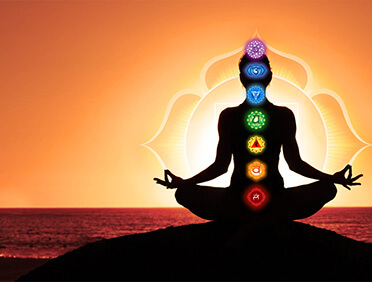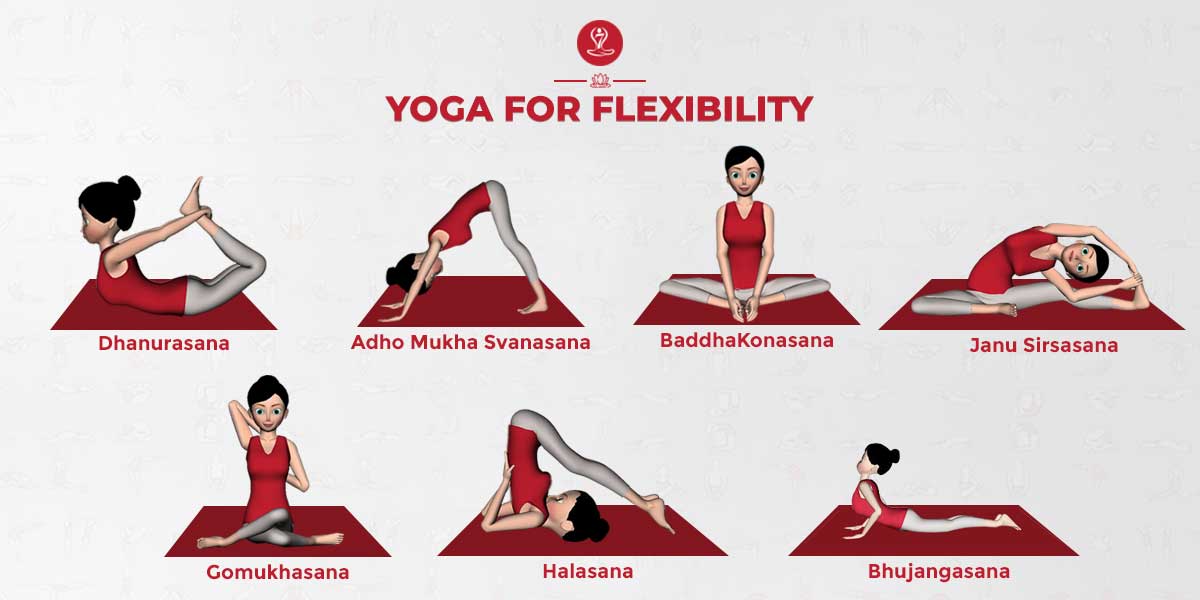Yoga for Everyone: A Beginner's Guide
If you're new to yoga, it can be overwhelming to know where to start. With so many different styles and poses to choose from, it's easy to feel intimidated. But don't worry, yoga is for everyone, and with a little guidance, you can start your yoga journey with confidence. In this beginner's guide to yoga, we'll cover everything you need to know to get started.
What is Yoga?
Yoga is an ancient practice that originated in India over 5,000 years ago. It's a mind-body practice that involves physical postures (asanas), breath control (pranayama), and meditation. Yoga is not just a form of exercise, but a holistic approach to health and well-being that can help improve your physical, mental, and emotional health.
Why Practice Yoga?
There are many benefits to practicing yoga, including:
1. Improved flexibility, strength, and balance
2. Reduced stress and anxiety
3. Increased energy and vitality
4. Better sleep
4. Improved digestion and circulation
5. Increased self-awareness and mindfulness
Yoga is a great way to take care of your body and mind, and can help you feel more relaxed, energized, and centered.
Getting Started with Yoga
If you're new to yoga, it's important to start with a beginner-friendly practice that is suitable for your fitness level and experience. Here are some tips for getting started with yoga:
Find a qualified teacher: It's important to learn yoga from a qualified teacher who can guide you through the poses and help you avoid injury.
Start with basic poses: As a beginner, it's important to start with basic poses that are easy to perform and build your strength and flexibility gradually. Some beginner-friendly yoga poses include Mountain Pose, Downward-Facing Dog, Child's Pose, and Warrior II.
Practice regularly: Consistency is key when it comes to yoga. Aim to practice at least 2-3 times a week to see the benefits.
Listen to your body: It's important to listen to your body and avoid pushing yourself beyond your limits. If a pose feels uncomfortable or painful, back off and modify the pose or ask your teacher for guidance.
Be patient: Yoga is a practice, not a competition. It takes time and patience to develop your practice, so don't get discouraged if you don't see results right away.
Jumpstart Your Yoga Practice Safely at Home
Start with beginner-friendly classes
Set up a safe and comfortable practice space
Listen to your body
Warm up and cool down properly
Seek guidance from a qualified teacher
What Not to Do After Yoga?
Yoga is a wonderful practice that can leave you feeling relaxed, energized, and rejuvenated. After a yoga session, it's important to take care of your body and mind to fully reap the benefits of the practice. While there are many things you can do after yoga to enhance the experience, there are also some things you should avoid. In this post, we'll explore what not to do after yoga.
Don't eat a heavy meal
It's best to avoid eating a heavy meal immediately after practicing yoga. Your body needs time to digest the food, and practicing yoga on a full stomach can cause discomfort and even nausea. Instead, wait for at least 30 minutes after your yoga session before eating a light, healthy meal.
Don't take a hot shower
While it may be tempting to take a hot shower after a yoga session, it's best to avoid hot water for at least an hour. Yoga increases blood flow to the muscles and can cause them to become more sensitive to heat. Taking a hot shower immediately after yoga can cause inflammation and soreness in the muscles. Instead, take a lukewarm or cool shower to cool down and relax your muscles.
Don't overexert yourself
After yoga, it's important to give your body time to rest and recover. Avoid engaging in strenuous physical activity or exercise immediately after your yoga session. Your body needs time to cool down and recover from the practice. Instead, take a gentle walk, do some light stretching, or simply relax and enjoy the post-yoga calm.
Don't stress or rush
Yoga is a practice that promotes relaxation, mindfulness, and presence in the moment. After your yoga session, it's important to carry that sense of calm and mindfulness with you throughout the day. Avoid rushing or stressing yourself out with too many tasks or obligations. Instead, take some time to reflect on your practice, set intentions for the day, and approach your tasks with a sense of mindfulness and ease.
Conclusion:-
Practicing yoga can be a transformative experience that can benefit your body and mind in many ways. To fully reap the benefits of yoga, it's important to take care of yourself after the practice. Avoid eating a heavy meal, taking a hot shower, overexerting yourself, or stressing out. Instead, take time to rest, recover, and enjoy the post-yoga calm. Remember, yoga is a practice that promotes balance, mindfulness, and self-care. Embrace these principles and enjoy the many benefits that yoga has to offer.oclusion









No comments:
Post a Comment